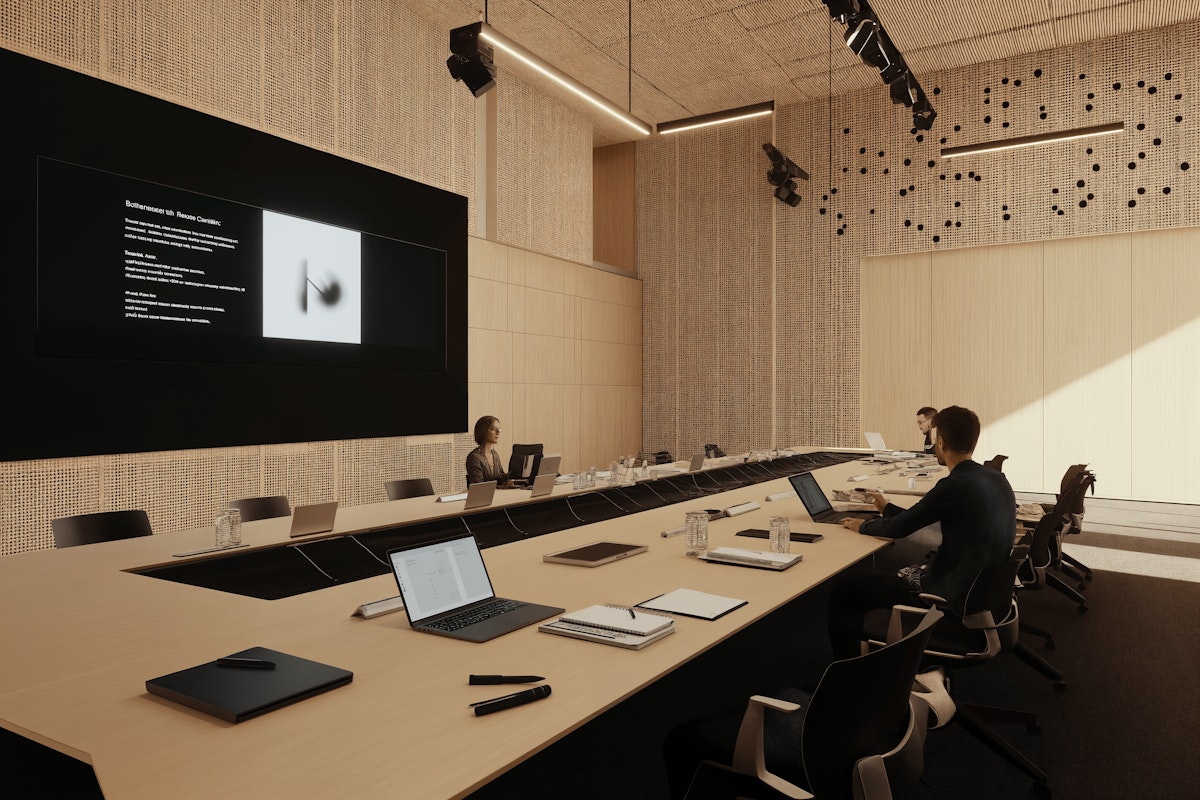The digital advertising landscape is constantly evolving, and programmatic audio advertising is emerging as a transformative force. With the growing popularity of podcasts, music streaming platforms, and smart speakers, audio content consumption has skyrocketed, presenting unique opportunities for advertisers and AdTech platforms alike. This blog explores how programmatic audio advertising is shaping the future of AdTech.
What is Programmatic Audio Advertising?
Programmatic audio advertising leverages automated technology to buy and sell audio ad inventory in real-time. This includes:
- Dynamic Ad Insertion: Ads are seamlessly inserted into audio streams based on listener profiles and preferences.
- Data-Driven Targeting: Advertisers can reach specific audiences using demographic, behavioral, and contextual data.
- Real-Time Bidding (RTB): Advertisers bid for ad slots programmatically, optimizing reach and cost-efficiency.
Why Programmatic Audio Advertising Matters
- Expanding Audience Base:
- With billions of users on platforms like Spotify, Pandora, and Apple Podcasts, audio advertising reaches diverse and engaged audiences.
- Personalized Listener Experiences:
- Programmatic technology tailors ads to individual listeners, increasing relevance and engagement.
- High Engagement Rates:
- Audio content often garners undivided attention, making it a powerful medium for impactful advertising.
- Seamless Integration with Other Channels:
- Programmatic audio can complement display, video, and social media campaigns, enhancing omnichannel strategies.
Best Practices for Leveraging Programmatic Audio Advertising
- Understand the Audio Ecosystem
- Identify key platforms and formats, such as podcasts, music streaming services, and internet radio.
- Leverage First-Party Data
- Use data from subscriptions or app interactions to create hyper-targeted campaigns.
- Focus on Creative Excellence
- Develop compelling, contextually relevant audio ads that resonate with listeners.
- Incorporate Dynamic Creative Optimization (DCO)
- Adapt ad content dynamically based on listener demographics, time of day, or location.
- Prioritize Measurement and Attribution
- Use advanced analytics to track performance and calculate ROI, such as measuring brand lift or purchase intent.
- Adopt a Cross-Channel Strategy
- Integrate audio ads with video and display campaigns to enhance reach and reinforce messaging.
Challenges in Programmatic Audio Advertising
- Limited Standardization:
- Solution: Advocate for industry-wide standards for ad formats and measurement.
- Ad Avoidance:
- Solution: Focus on non-intrusive, value-added ads that enhance the listening experience.
- Data Privacy Concerns:
- Solution: Adhere to regulations like GDPR and CCPA, ensuring transparency and user consent.
- Fragmented Ecosystem:
- Solution: Partner with platforms offering unified access to premium audio inventory.
Tools and Platforms for Programmatic Audio Advertising
- Demand-Side Platforms (DSPs):
- Examples: The Trade Desk, AudioGO, AdsWizz.
- Audio-Specific Solutions:
- Examples: Triton Digital, Spotify Ad Studio, Pandora for Brands.
- Measurement Tools:
- Examples: Nielsen Audio, Chartable, Podtrac.
Case Study: A Successful Programmatic Audio Campaign
Advertiser: A fitness app targeting health-conscious listeners
Strategy:
- Ran geo-targeted ads during morning and evening workout hours.
- Utilized first-party data to target users interested in fitness and wellness.
- Leveraged dynamic ad insertion to personalize messages for different listener profiles.
Outcome:
- Achieved a 45% increase in app downloads.
- Recorded a 30% uplift in brand recall.
- Garnered positive listener feedback for relevant and engaging ads.
Conclusion
Programmatic audio advertising is revolutionizing the way brands connect with audiences. By embracing this innovative medium, advertisers can deliver highly personalized, engaging, and impactful campaigns. For AdTech platforms, investing in audio capabilities represents not just an opportunity but a necessity to stay ahead in the dynamic world of digital advertising. The future of programmatic lies in its ability to integrate seamlessly into the audio-first world, delivering unparalleled value to both listeners and advertisers.



